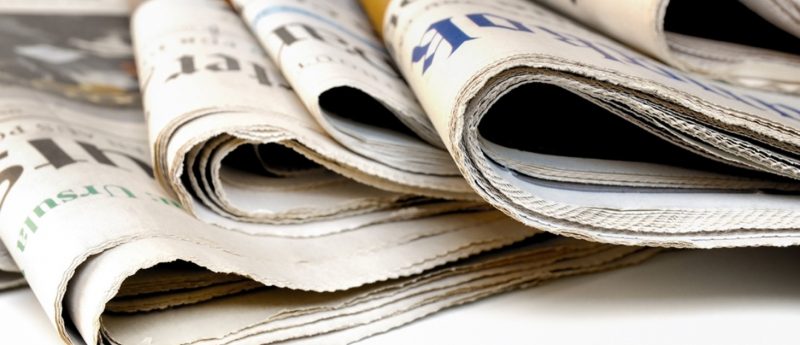Tuning ECM with cold plasma to modulate chondrogenesis and bone repair

Scientists from Thomas Jefferson University (Philadelphia, PA, USA) have demonstrated that cold plasma can be used to modify ECM in order to promote or inhibit bone formation, and therefore could potentially be used to support bone repair in future.
Plasma is a common material, with the hot or thermal form found in many products from televisions to lights, but also in the sun. However, cold plasma was only identified around two decades ago, and has been used in agriculture to sterilize the surface of fruit without damaging it. A team from Thomas Jefferson University (Philadelphia, PA, USA) have been investigating its potential medical applications, and have shown that cold atmospheric plasma-generated reactive species can be used to modify ECM with potential for improved chondrogenesis and bone growth.
Cold plasma consists of electrons that change polarity at micro- or nano-second speeds. “We’ve previously studied how different applications of cold plasma can either directly kill cells, such as in skin cancer, or help them grow, as in developing bones,” explained lead author Theresa Freeman, Associate Professor in the Department of Orthopedic Surgery in the Sidney Kimmel Medical College at Thomas Jefferson University. “In this study, we asked how cold plasma would affect the area surrounding cells, known as the extracellular matrix.”
The extracellular matrix can naturally either promote or inhibit bone formation for modulation of developmental bone growth, fracture healing and cancer cell growth, by interacting with bone cells. The team investigated the effects of cold plasma pulsed at various frequencies on a commercially available extracellular matrix, Matrigel, and implanted the gel into mice. Cells were found to enter the matrix and commence bone formation, with the number depending on the pulse frequency: fewer cells and therefore less bone formation with nanosecond plasma-treated Matrigel, demonstrating that potential bone formation effects may be just a matter of timing.
Next, an in vitro assay was utilized to show that cells cultured on microsecond plasma-treated collagen had higher levels of focal adhesion kinase activation, indicating better cell/matrix attachments which helps initiate bone formation. There were also higher levels of anti-apoptotic proteins, suggesting better cell viability than in nanosecond-cold plasma treated collagen.
“We showed that matrix treated with cold plasma generated using microsecond pulsing can promote differentiation of cells into cartilage and increase bone formation,” says Dr. Freeman. “Conversely, we showed matrix treated with nanosecond-pulsed cold plasma inhibited cell differentiation and bone formation.”
The study there demonstrated that cold plasma can be tuned to either encourage or inhibit cell—matrix interactions by chemically altering the matrix. Future work will involve investigating the effects of different plasma types on various tissue models, to see the effects on different cells types within their environments to better ascertain the physiological effects that could be expected in living organisms. Although in the short term it is unlikely to be used for bone repair, the technology is certainly one to keep an ion.
Sources: Eisenhauer P, Chernets N, Song Y et al. Chemical modification of extracellular matrix by cold atmospheric plasma generated reactive species affects chondrogenesis and bone formation. J. Tissue Eng. Regen. Med. 10.1002/term.2224 (2016) (Epub ahead of print); www.jefferson.edu/university/news/2016/08/11/fourth-state-matter-plasma-improves-bone-growth.html